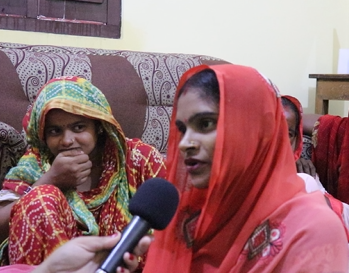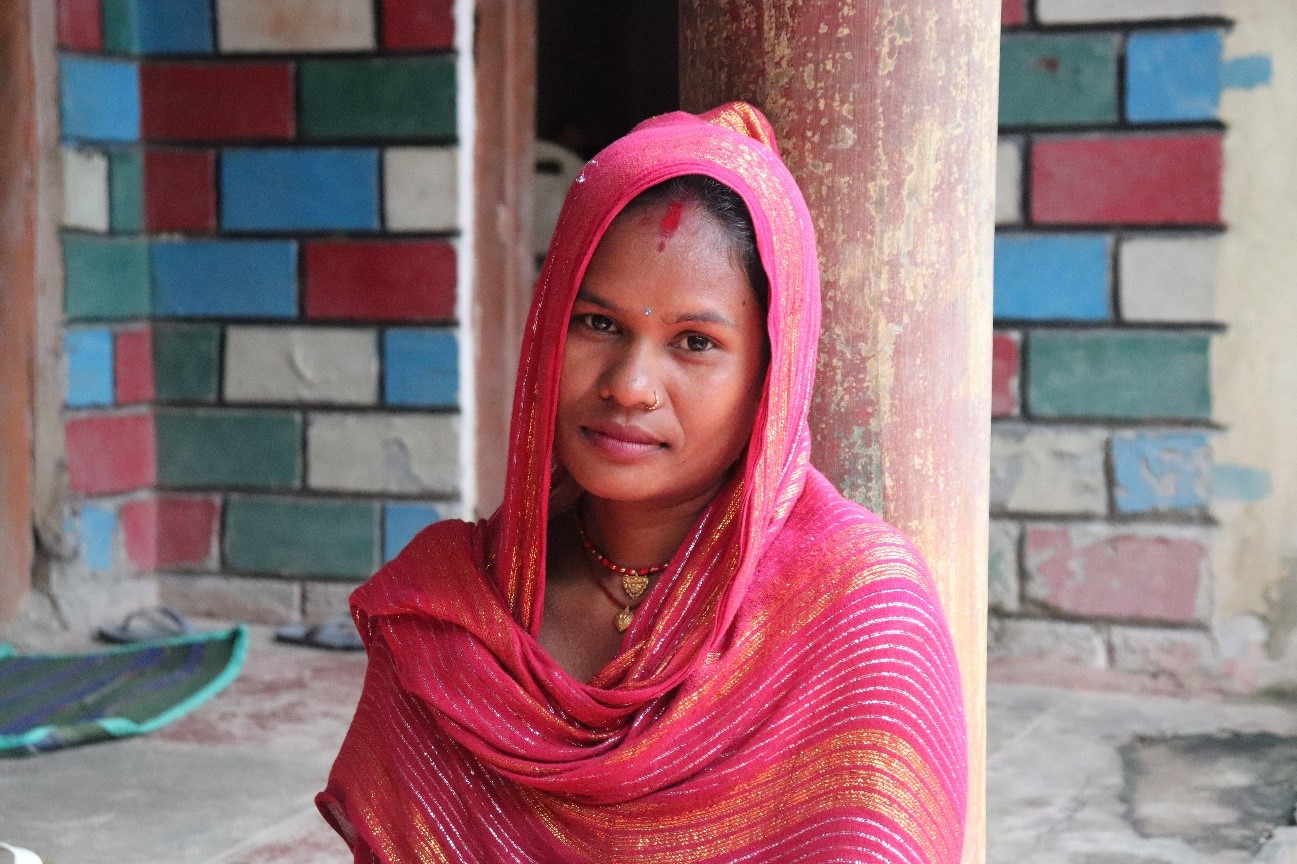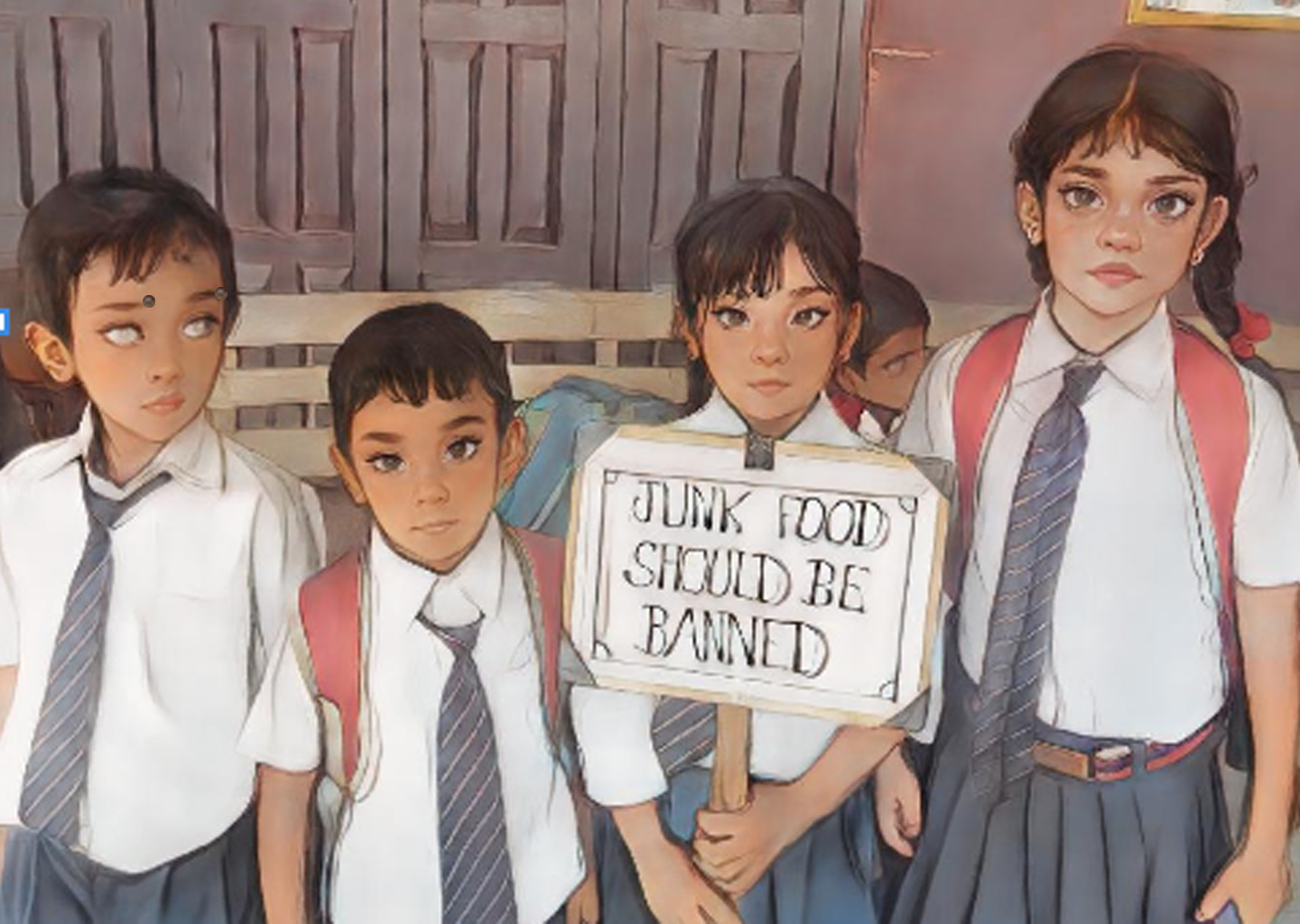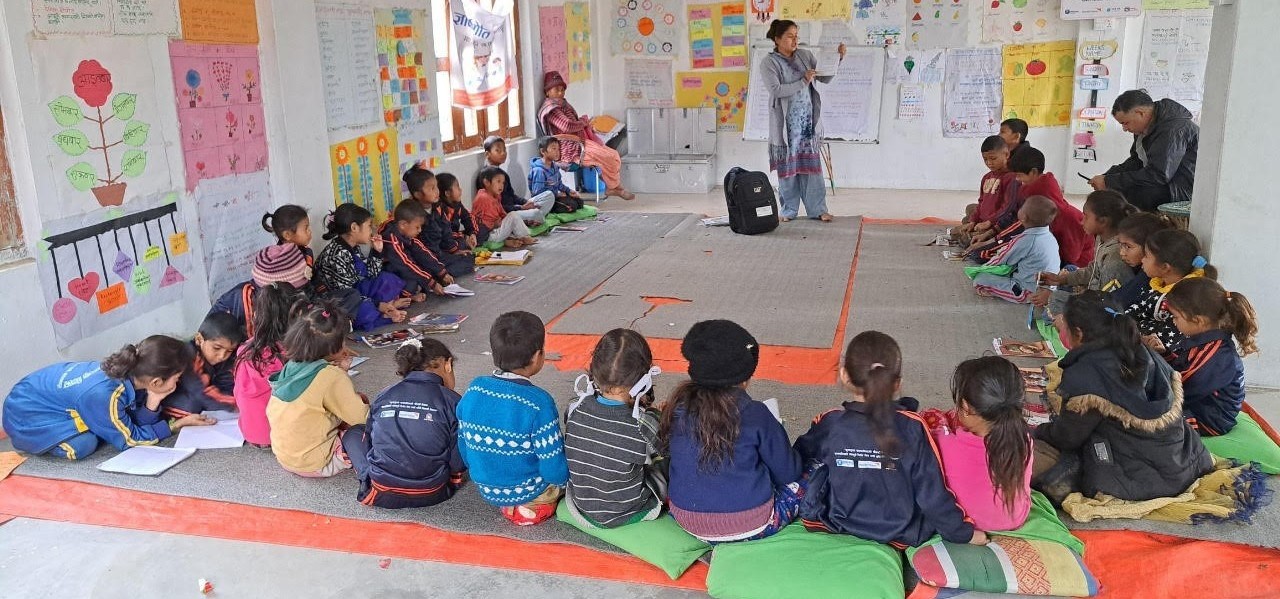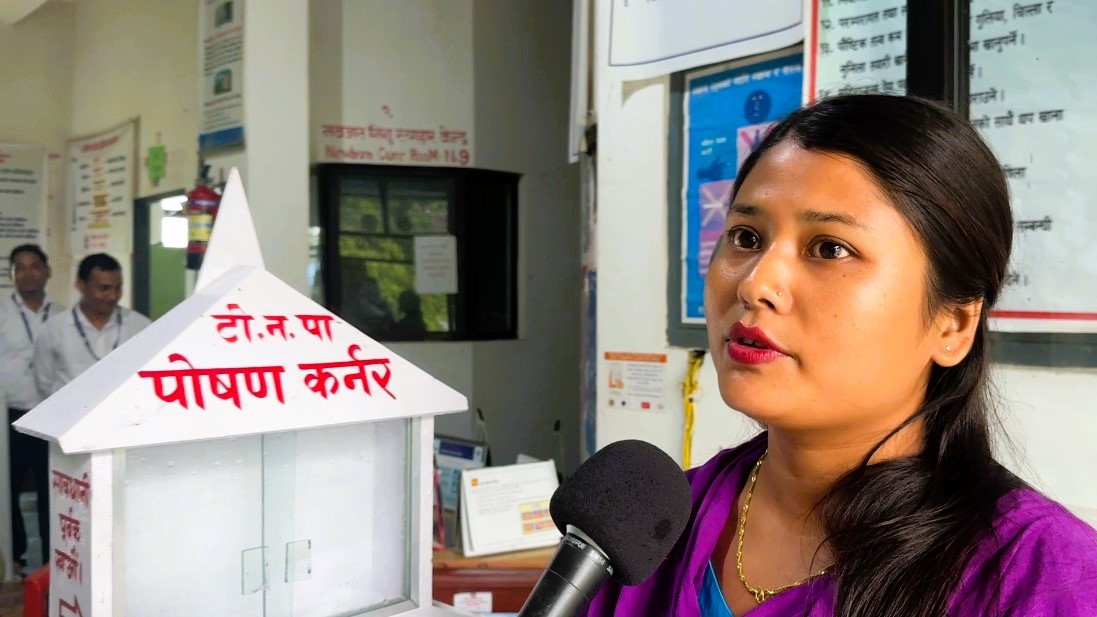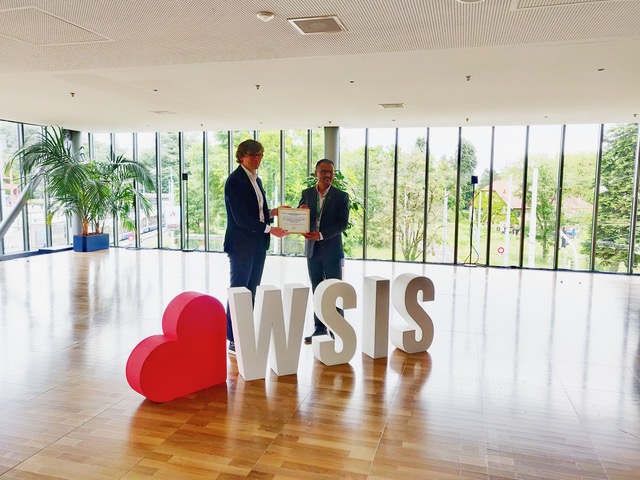Community Radios as Guardians of Indigenous Languages & Dialects
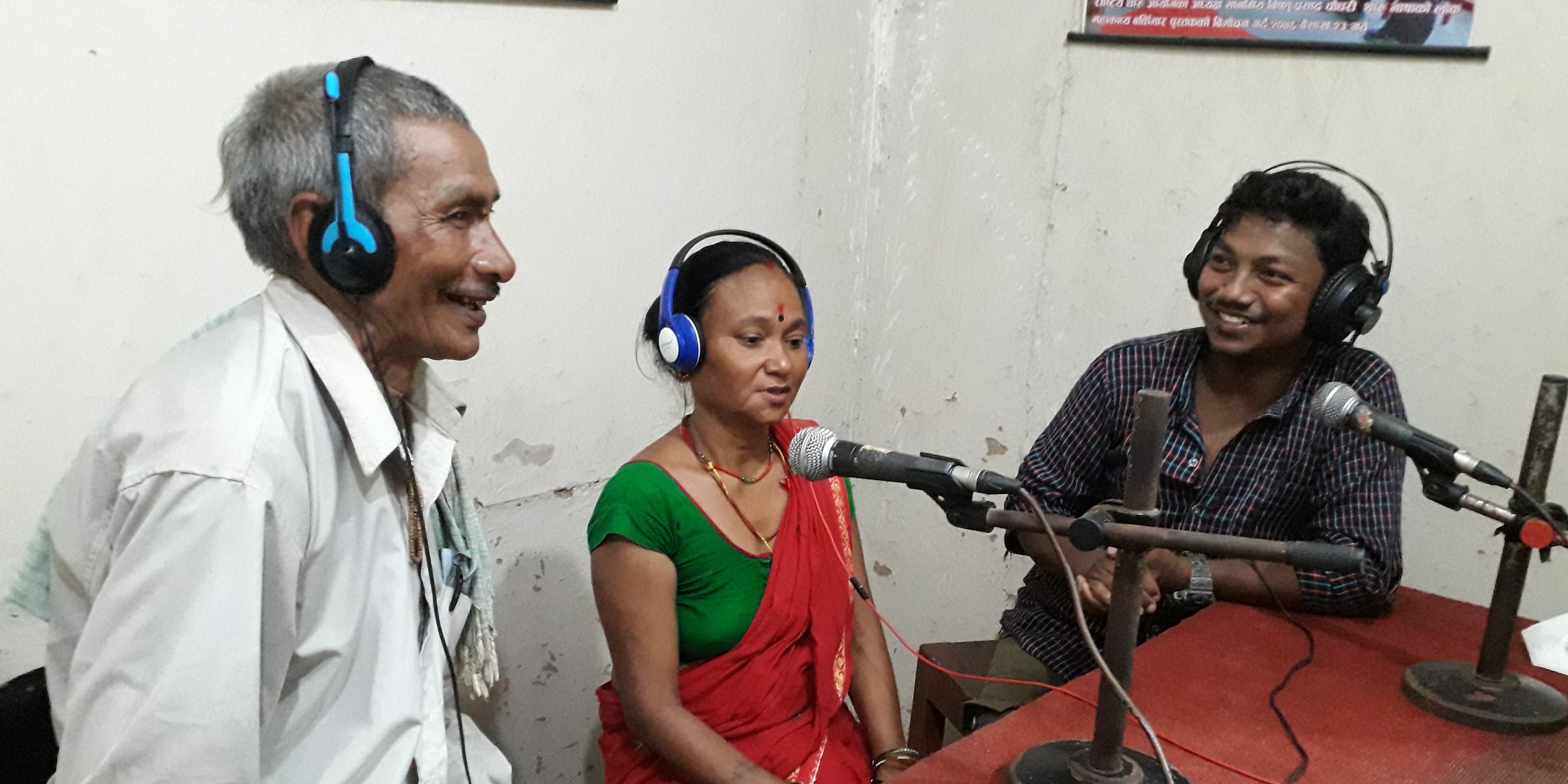
Community radios have become the guardians of native languages. Understanding the need to preserve the spoken languages in a diverse Nepal, community radios have been actively engaged in preserving and promoting such languages and dialects. They are also a repository of local folk music and cultural heritage. Many community radios record and preserve local songs and give local artists a platform to showcase their talent to the community.
Community radios broadcast in more than 35 indigenous languages.
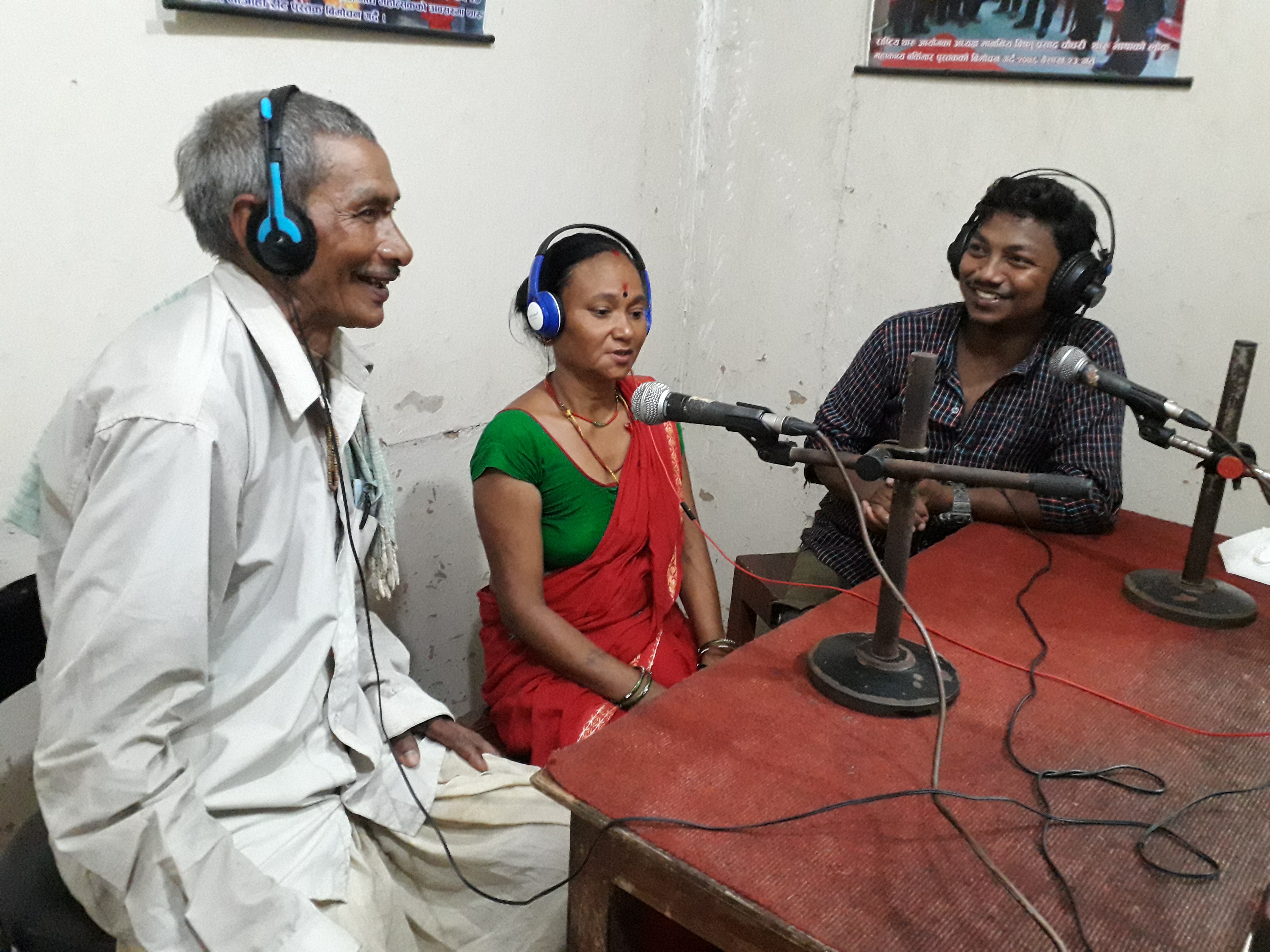
ACORAB encourages these radio stations to allocate significant air time to produce radio programs in ethnic languages and to increase the participation of indigenous community members. The community radios broadcast current news, social issues, entertainment, and run awareness and literacy campaigns. An example of the indigenous language impact is illustrated by Radio Namobuddha from Kavre
Doné - Fostering pride and unity
The Danuwars, categorised under Highly Marginalised Janajati (HMJ), lacked opportunities to free themselves from the cycle of poverty. In 2007 Radio Namobudhha in Kavre helped the Danuwar youth to spearhead a local community radio programme focusing on local issues and challenges.
A qualitative study ‘Empowering Indigenous Community through Community Radio: A Case Study from Nepal’ authored by Sudamshu Dahal and Arul Aram from Anna University highlights the role Radio Namobuddha played in helping Danuwars reclaim their identity vis-à-vis their dying language, and eroding cultural and traditional values. Until the Doné Bhasa programme created space for the Danuwars to share their voices, their language was on the verge of extinction and did not have any media presence.
Radio Namobudhha’s ‘Doné Awaz’ addresses the challenges such as language loss and cultural erosion. The programme has been pivotal in fostering pride and unity among the Danuwar community.
Similarly, ‘Doné Bhasa’, is committed to preserve the Doné language. Its efforts resulted in Gorkhapatra - Nepal’s oldest national newspaper to provide a regular spot for news in the Doné language.
The community radio also engages in outreach programmes through ‘Radio in Village’ wherein radio journalists visit far-flung villages and communities to collect information on indigenous people’s lives and cultures.
Adopting local best practices
The Khyal radio programme helped validate the Badghar system akin to the judicial committees which are envisaged by the constitution. Around 18 local units across five districts adopted the Badghar system widely practised within the Tharu community. A Badghar is the elected community chief whose primary duty is the management of the community. They have been empowered to settle specific matters such as property/boundary disputes, and familial discord through mediation and lead community development, and cultural and religious duties as chieftains, among others.
Community radios wield the transformative power of community engagement. The positive outcomes that arise with initiatives driven by a collective commitment to ensuring the well-being of local communities is a testament to the crucial role of community radios. From bridging gaps in communication to providing networking platforms, community radios ensure reach and voice to and from the unheard.


